Photographs, formatting, and text by the author. [You may use these images without prior permission for any scholarly or educational purpose as long as you (1) credit the photographer and (2) link your document to this URL in a web document or cite the Victorian Web
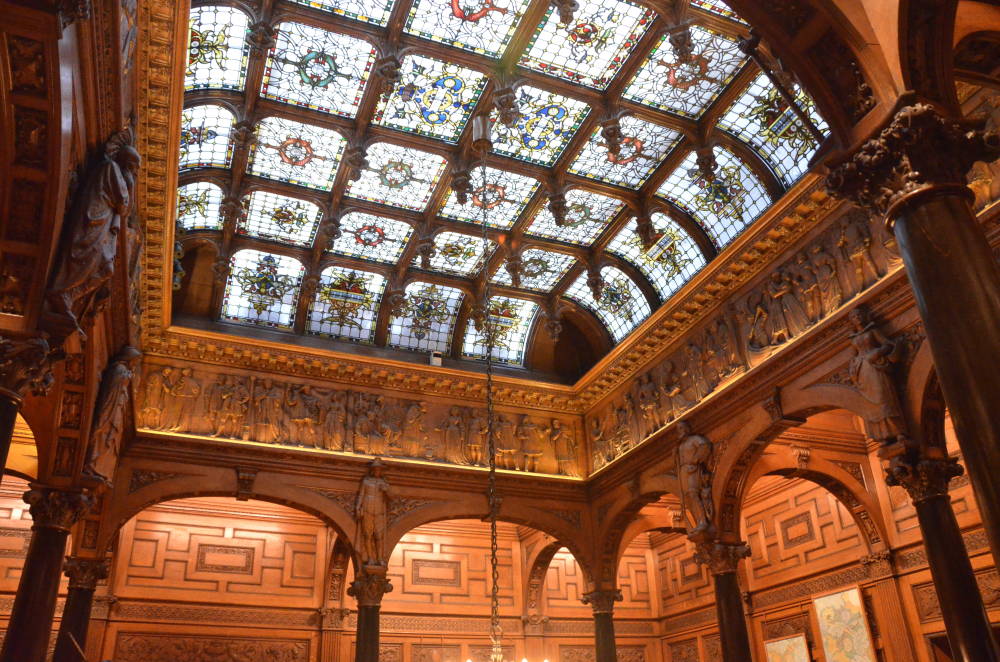
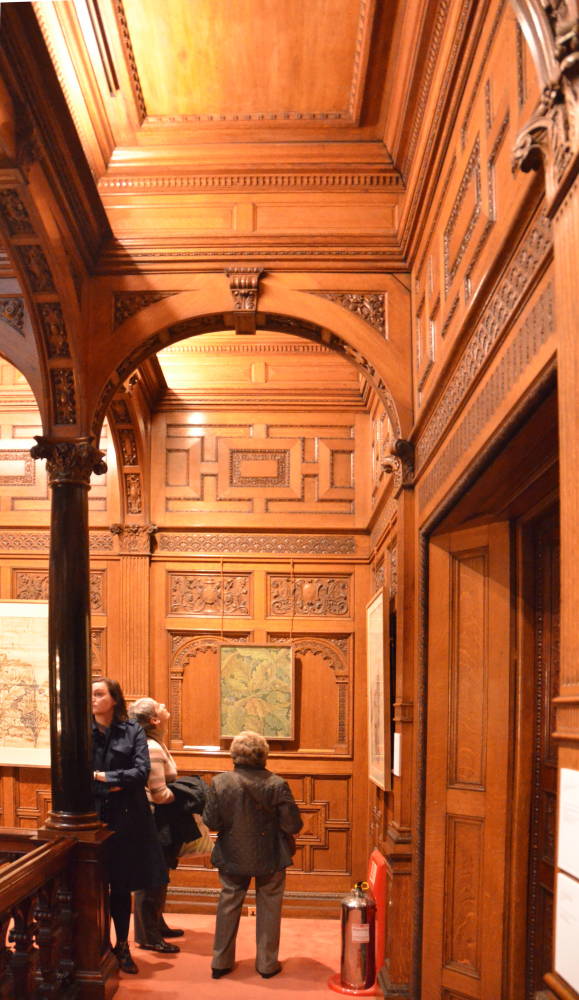
Interior, Two Temple Place. London WC2. John Loughborough Pearson (1817-1897). Left: The stained-glass roof covering the atrium. As the Two Temple Place website explains: “the hall itself is overlooked by a gallery of . . . six statues with American literary associations, a frieze in relievo of eighty-two characters from Shakespeare's Othello, Henry VIII, Antony & Cleopatra, and Macbeth and ten pillars of solid ebony.” Right: A view along the north side of the gallery during the 2011 William Morris exhibition. Details of the panelling appear below. [Click on these and the following images for larger pictures.]

A section of the Shakespearean frieze. [Clicking on the photograph will produce a wider image that includes one entire side of the frieze.]
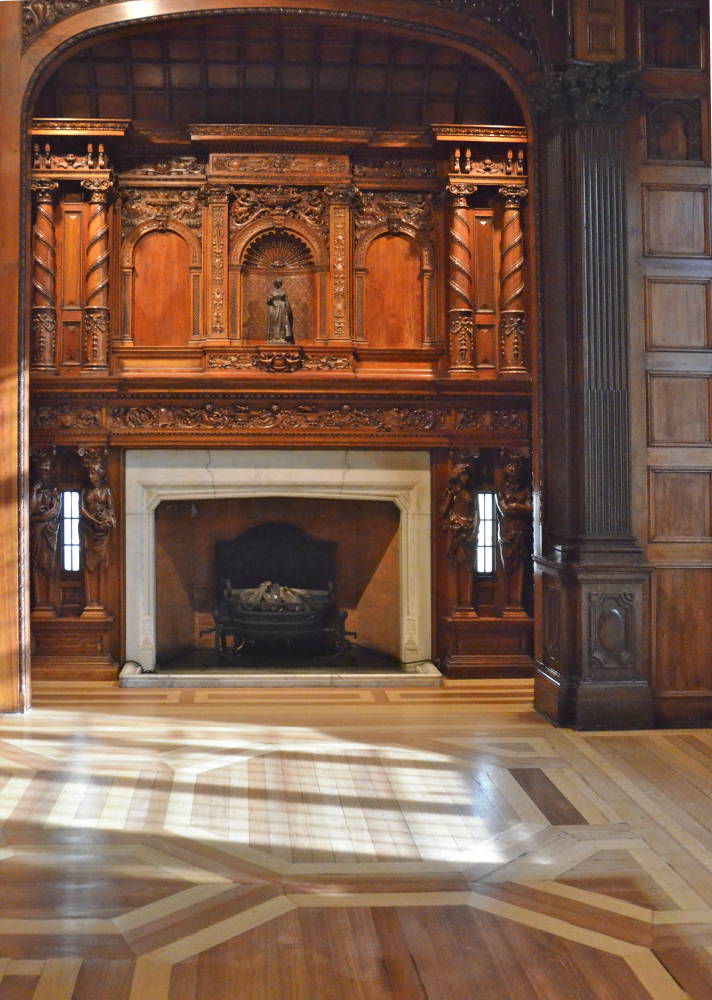

The magnificent fireplace at the east end of the Great Hall. The niche contains a reduced-size version of Arthur Walker's statue of Florence Nightingale, which is part of the Crimean War Memorial on Waterloo Place. [Detail: Florence Nightingale].


Left: Fireplace with clock. Right: A chandelier on the ground floor, one of several by J. Starkie Gardner, who also did the galleon weathervane as well as the bulldog sign on the exterior.
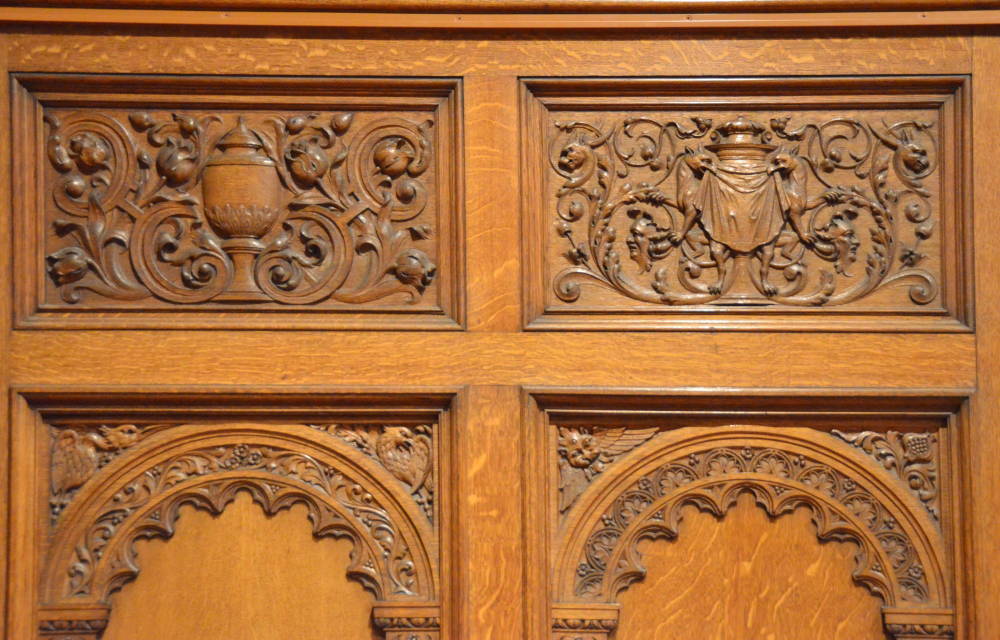
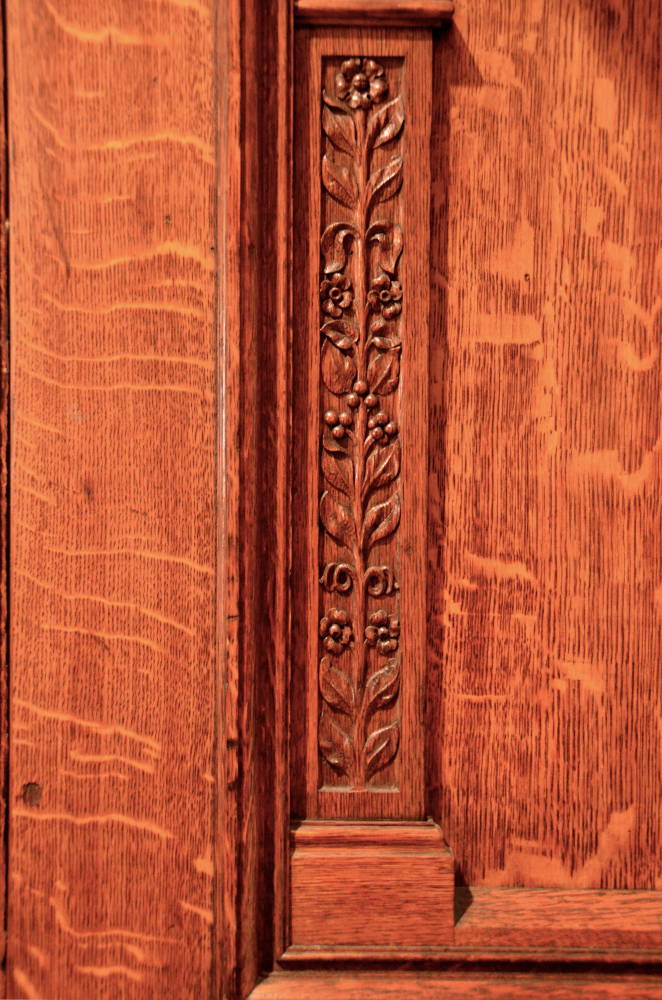
Two examples of carved moldings in Two Temple Place. The one on the left ay have been done by Nathaniel Hitch.


Two examples of the building's stained glass. The one on the left covers the atrium — note one of Gardner's chandeliers hanging beneath it. Clayton and Bell did the one on the right, A Swiss Summer Landscape, which is the Great Hall.
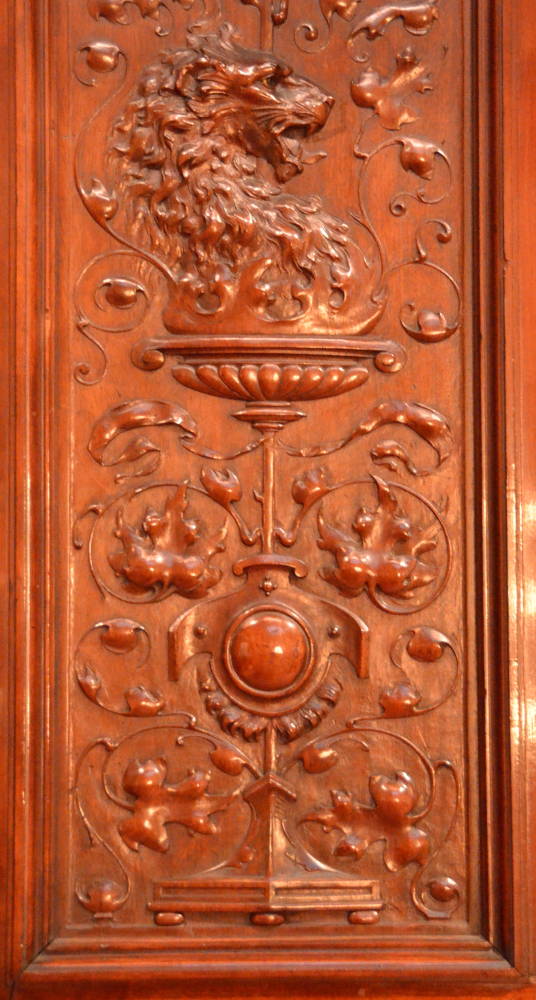
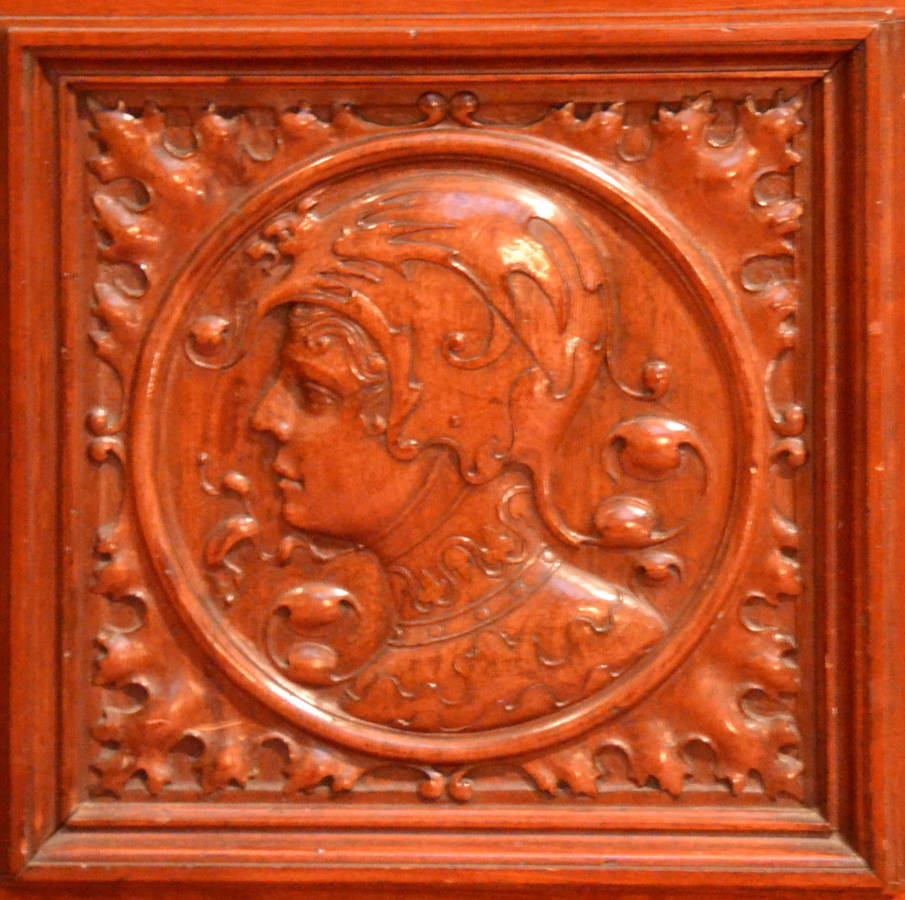

More elaborately carved decorative panelling.




Left two: Caryatids on a fireplace. Middle right: One of the three musketeers atop the staircase newel posts that Thomas Nicholls carved from mahogany. Right: A gilded figure by Nicholls on the main staircase.
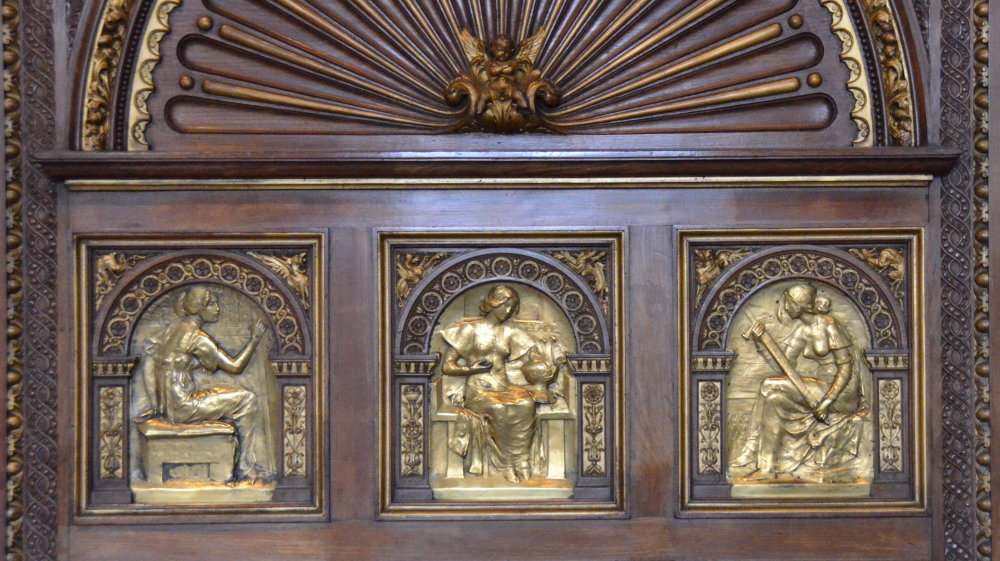

Left: The first three of Sir George Frampton's nine Arthurian heroines on a door in the long inside wall of the Great Hall (a link in the Related Materials below will take you to complete set of nine panels). Right: Grotesque downspout. (View including other carving on the façade). Right: Three of Nathaniel Hitch's 54 portraits of men and women from history and literature, these three being Anne Boleyn (1507-36), Henry VIII's second wife and the mother of Queen Elizabeth I, Christopher Columbus (1446-1506), and Jessica, heroine of Shakespeare's The Merchant of Venice.
Related Material
- The interior
- Bronze light standards in the form of cherubs speaking on telephones
- Nathaniel Hitch's gilded bas reliefs of figures from history and literature
- Sir George Frampton's nine Arthurian heroines
- Thomas Nicholls's carvings of The Three Musketeers by Dumas
- Frieze with 82 Shakespearean characters
- Six statues with American literary associations
- Stained glass window depicting a Swiss landscape
References
Two Temple Place. The building's own website. Web. 19 November 2011.
Last modified 20 November 2011